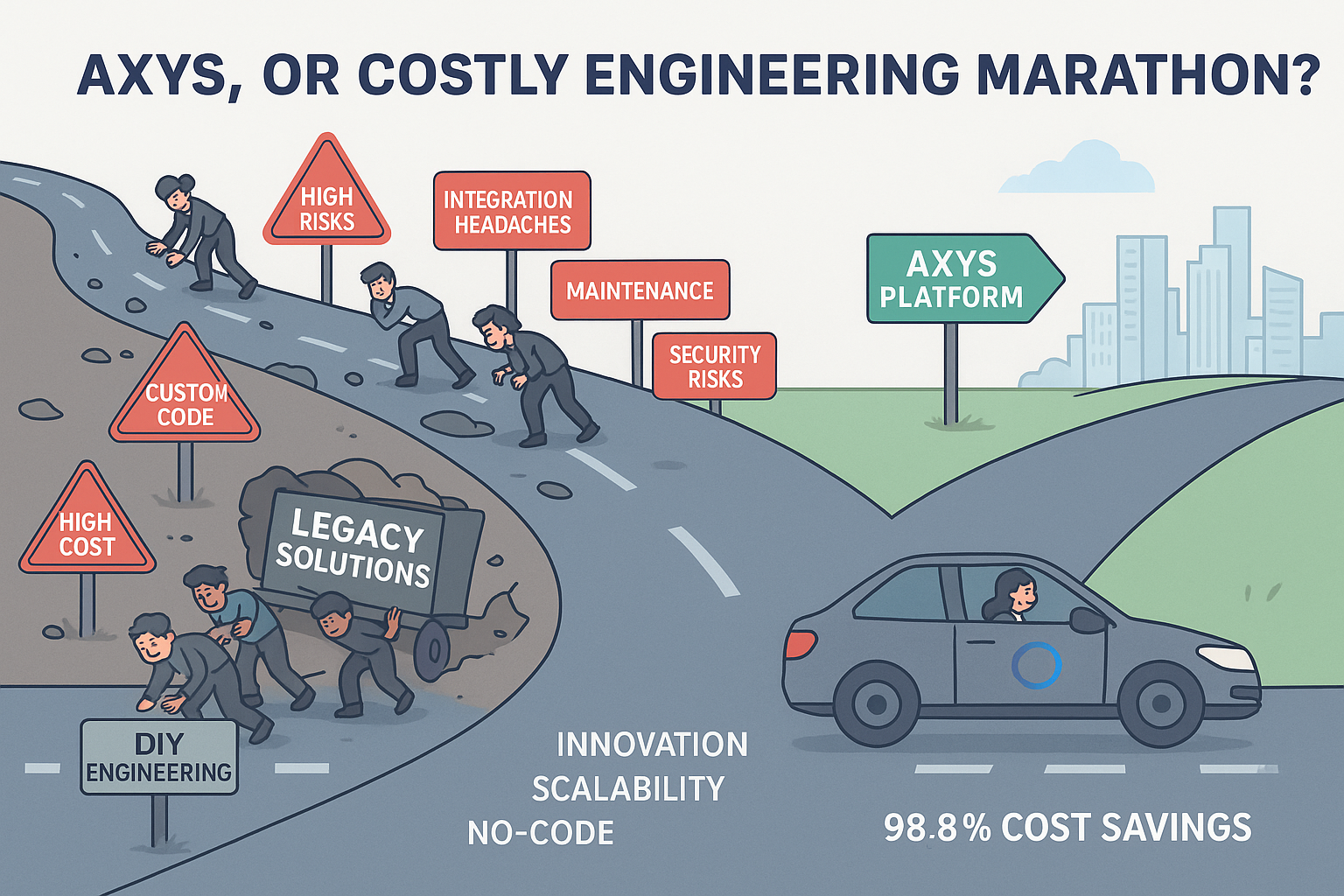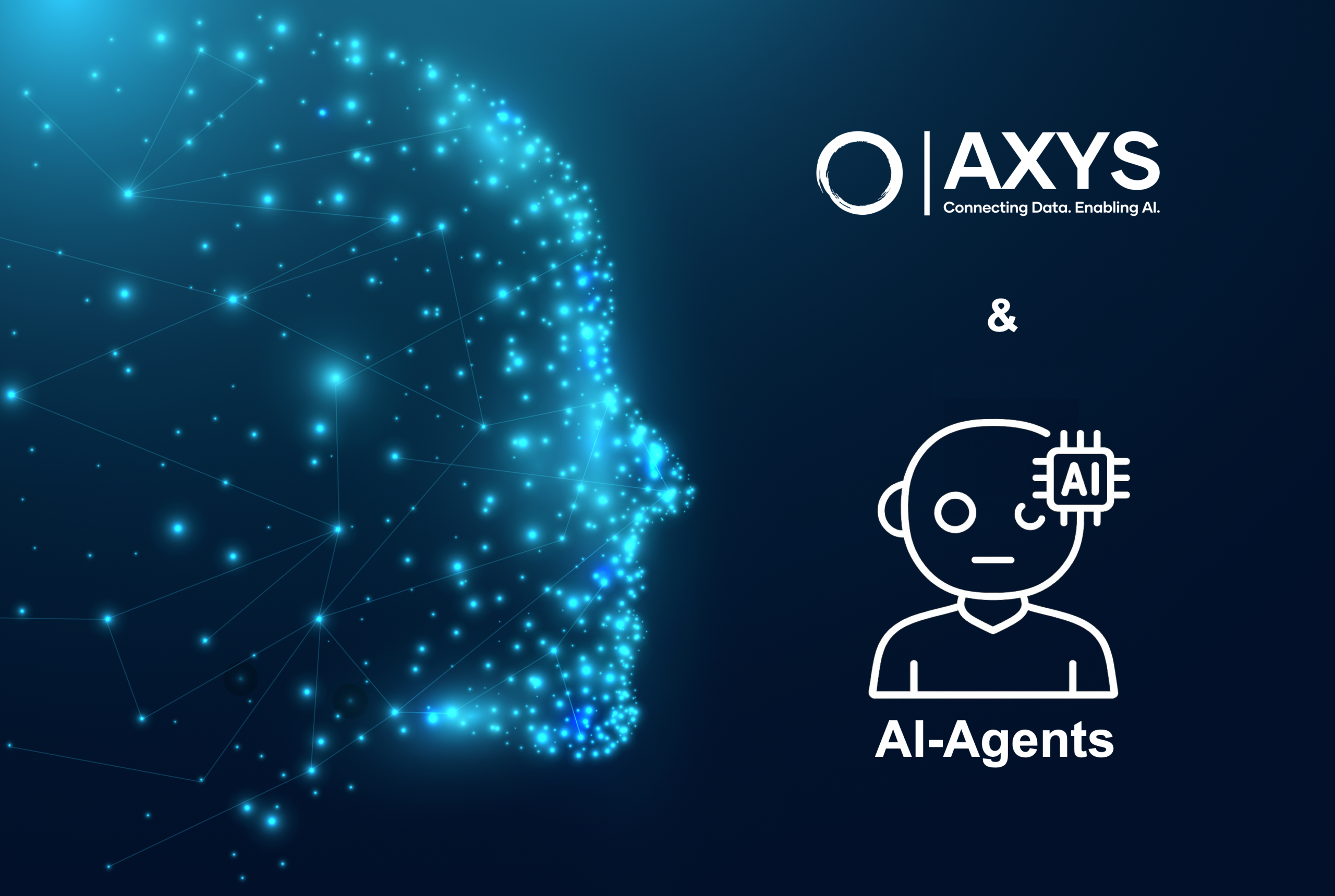What is Data Silo?
A data silo is a situation in which an organization has multiple databases or systems that cannot easily share information with each other, creating isolated “silos” of data. This can occur due to technical, organizational, or cultural barriers, making it difficult or impossible for the organization to use or analyze all the data effectively. Data silos can also cause inefficiencies and duplicated effort and can impede decision-making and collaboration.
Many organizations have hundreds of individual data silos. What happens when their distributed data don’t speak the same language?
Data silos can disrupt a business’s productivity and line of communication and cause significant damage to a company’s profitability.
Where Does Data Silo Come From?
Data silos occur when there is a division within an organization. Usually a natural byproduct of business growth. With an influx of new work, businesses will try to delegate responsibilities to different teams, divisions, or departments.
While the type of department varies by industry, any business with more than a few employees will naturally fall into this model.
The problem comes from software; each department uses a different software system to generate, share and store information; inefficiency arises when data is not accessible to other employees or departments.
A data silo forms a typical scenario outside the department’s system. The company stores its financial data in Quickbooks and its customer data in Hubspot. Each software system works well for what it does, but what happens when the company decides to access customer profitability? Data has to transfer from one system to another either through a clunky integration or, worse, manually. Aside from the risk that the company is taking with missing data or human error, the process simply takes too much time.
What Problems Do Silos Cause?
Let’s explore the issue with a little more depth so; there are three critical areas where distributed data hurt organizations such as:
Productivity
There is always data that needs to share outside of a department. If more time is spent tracking down that information, work can pile up and slow down everything.
Accuracy & Analysis
When information needs to be shared outside of the division, it may need to be edited for the format required for the receiver department. Not only does this take additional time, but as the data gets passed and forth, mistakes and reporting may occur, or the data cloud gets lost entirely.
Company Culture
How well employees get along usually depends on how efficiently they can work together; relying on other divisions for information can naturally cause frustration and resentment if it’s always waiting.
The bottom line is that distributed data cause problems both in the process and productivity, and there is a right and wrong way to fix or make them available.
How Do Data Silos Kill Content and Conversions?
A marketing professional understands all the conversion rules come down to context to convert leads into customers. It is essential to communicate to the right customer in the proper context at the time and through the right channel; properly mark it in context; marketers must know how customers and prospects have integrated with brands in the past. This means people will need integrated data and real-time insight from that data to engage with them on their terms.
Context also requires everyone to work together and focus on the customer because great marketing that delivers excellent business outcomes is a team effort.
When teams work with distributed data, they cannot share ideas, data, and campaigns which is why data silos are killing content and conversations since great marketing relies on a vast pool of data that needs to turn into valuable customer insights. Teams that can share data insights will consistently outperform teams that build their data silos.
Stagnant Distributed Data
Stagnant distributed data refers to data stored in multiple locations but not updated or used in a consistent or timely manner. This can occur when data is siloed within different departments or systems, and there is massive communication or coordination between them. As a result, the data becomes outdated or irrelevant and needs to be used to its full potential. Stagnant distributed data can also lead to inconsistencies and inaccuracies in the available information to decision-makers and can hinder the organization’s ability to make data-driven decisions.
Stagnant distributed data can pose a challenge for marketers, as it may not provide a complete or accurate picture of customer behavior and preferences. This can make it difficult to create targeted marketing campaigns and understand the effectiveness of existing efforts. Additionally, stagnant data can also make it difficult to identify new market opportunities or track changes in consumer trends.
To mitigate these issues, marketers may need to invest in tools and resources to regularly update and analyze their data, such as utilizing real-time data analytics or conducting regular surveys. Creating personalized, tailored experiences is challenging if people can’t contextualize customer data. Since context drives better business outcomes, data silos are detrimental to organizations.
Challenges to Get Context Marketing
There are some main reasons why it’s challenging to get context marketing:
One reason is chaotic data causing marketers not to have a single view of their customers with a behavioral data engine. There is no way to make sense of this chaotic data.
Another reason is that marketers’ tools aren’t integrated point solutions, and a data silo creates unmanageable infrastructures if data can’t flow between marketing and many other applications.
How not to deal with Data Silos?
Most businesses can see the problems a data silo causes. Still, they don’t always correctly identify the problem because it can easily attribute to a work pile-up or delays to a lack of productivity. However, the employees in this situation feel overwhelmed and helpless because it creates so much tension between employees.
Reasonable management might treat the symptoms by strengthening company culture, but that rarely fixes these fundamental flaws.
Using data in a siloed and none data-driven environment is like making fire with two sticks, as it requires hard work, some guessing, and a little to get fire.
So, how can an organization develop a more fluid workflow and speed up information retrieval without tearing down the entire divisional structure?
It’s all about the data and the software they are using.
How to Prevent Data Silos?
Preventing data silos in an organization requires a combination of strategies, some of which include:
Implementing a centralized data management system: By having a centralized system in place, all teams and departments can access and use the same data, which helps to prevent silos from forming.
Establishing clear communication and collaboration protocols: Encourage open communication and collaboration across teams and departments to ensure that data is shared and used effectively.
Establishing data governance and security protocols: Governance and security protocols ensure that data is accurate, consistent, and secure, which helps to prevent silos from forming and becoming a security risk.
Encouraging data literacy: Providing training and resources to help employees understand how to access, use, and share data effectively can help to prevent silos from forming.
Regular data audits: Regularly reviewing and auditing data can help to identify silos and address them before they become a problem.
Identifying key data stakeholders: Identifying key stakeholders in the organization can help to ensure that data is being used effectively and that silos are not forming.
By taking a proactive approach and implementing these strategies, organizations can effectively prevent data silos from forming and ensure that data is being in use effectively.
Having an intelligent and streamlined way to share information within an organization takes the burden off of any particular employee or division to provide access to others.
Prioritize the Best Software Solution
So, naturally, the solution is to find a document storage solution that helps division share. There are thousands of software products on the market, all with varying degrees of functionality. Here AXYS brings all your software together and makes all your data accessible for any solutions and searchable by people, places, projects, documents, conversations, and more. It is not just a storage solution but also minimizes engineering costs to create data pipelines, integration costs, maintenance, scalability, data quality, and security costs.
Prioritizing the best software solution for an organization will save them time and money by helping them avoid costly integrations that still don’t give them the desired results.
No more wasting time looking for misplaced information locked away in another employee’s digital cabinet; providing tech that promotes easy accessibility will help their company culture in a way that no other solution can.
Bottom Line
Growth is a cause for celebration, but it also presents new challenges for your organization.
When dealing with disconnectivity, people’s distinct might diffuse tension by boosting morale or promoting a happy company culture but let’s face it “work is work.”
True collaboration comes from visibility, clarity, and accessibility. As businesses want to connect their companies via data pipelining, integration and sharing, they can eliminate the work pile-up and provide the best stress-free environment for their employees using the Axys No-Code data integration tool. It helps organizations prevent this situation and manage their data from multiple sources.


